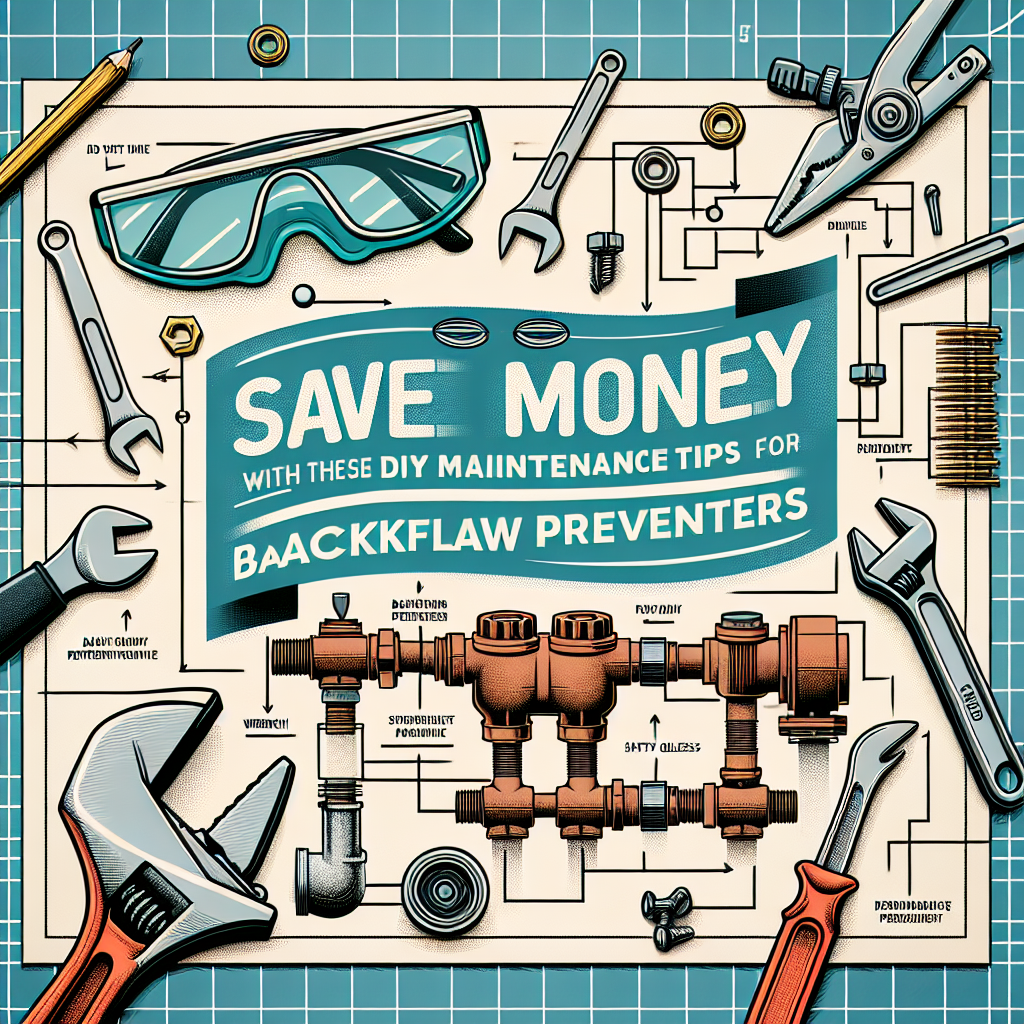When it comes to maintaining a safe and efficient plumbing system in your home, backflow preventers are crucial. These devices keep your drinking water clean by preventing contaminants from entering your water supply. However, like any other element of your plumbing system, backflow preventers require regular maintenance. Not only will keeping your backflow preventer in top shape protect your health, but it will also save you money in potential repairs and replacements. In this article, we’ll provide you with easy DIY maintenance tips to help you keep your backflow preventer functioning effectively.
What is a Backflow Preventer and Why Is It Important?
Before we dive into maintenance, let’s take a moment to understand what a backflow preventer is. This small device, often installed near your water meter, prevents water from flowing backward into your clean water supply. Backflow can occur due to changes in pressure, such as when a fire hydrant is opened or during heavy rain. Ensuring your backflow preventer works effectively is key to safeguarding your family’s drinking water.
Regular Inspections: The First Step in DIY Maintenance
Visual Checks
Start with simple visual inspections every few months. Look for signs of wear and tear, such as corrosion, rust, or any cracks in the device. Ensure that there are no leaks present. If you notice anything unusual, it may be time to dig deeper or call a professional.
Gage Testing
Consider using a pressure gauge to perform a more thorough inspection. You’ll want to measure the inlet and outlet pressure to ensure they are within safe limits. If you find significant discrepancies, it could indicate that your backflow preventer isn’t functioning properly.
Clean the Device Periodically
Removing Debris
Leaves, dirt, and other debris can accumulate around your backflow preventer, causing blockages and affecting its performance. Use a damp cloth to wipe down the outside. Make sure the area around the preventer is clear of obstruction to allow for proper drainage and air circulation.
Flushing the System
Flushing the system can also help remove any buildup inside the device. To do this, turn off the water supply to your backflow preventer, open the valve, and let the water run for a few minutes. This action can clear any stubborn debris and keep your system in optimal condition.
Seasonal Maintenance: Prepare for Weather Changes
Winterizing Your Backflow Preventer
If you live in an area prone to freezing temperatures, it’s essential to winterize your backflow preventer. Disconnect it and drain any remaining water to prevent freezing and cracking. Insulating the device with foam or a cover can also provide added protection against the cold.
Spring Check-up
Come spring, examine your backflow preventer for any damage that may have occurred over the winter. Reconnect the water supply, and perform a thorough inspection to ensure all functions were re-established effectively.
Simple Repairs You Can Handle
Replacing Rubber Seals
Over time, the rubber seals in your backflow preventer can wear out and lead to leaks. Luckily, replacing these seals is a simple process that you can tackle yourself. Purchase the appropriate replacement seals from a local hardware store, and refer to your manufacturer’s instructions for the best results.
Tightening Connections
Check all the connections on your backflow preventer for tightness. Sometimes, a simple adjustment can solve minor leaks and save you from needing a costly replacement down the road.
When to Call a Professional
While many maintenance tasks can be tackled with a DIY approach, there are times when professional help is necessary. If you notice persistent issues, such as frequent leaks or abnormal noises, it might be time to bring in a certified plumber. They can perform a comprehensive inspection and ensure your backflow preventer meets all local codes and regulations.
In Conclusion: A Little Maintenance Goes a Long Way
Incorporating these easy DIY maintenance tips for your backflow preventer into your routine will not only help save you money in the long run but also ensure that your home’s drinking water remains safe and clean. By regularly inspecting, cleaning, and making minor repairs, you significantly extend the life of your backflow preventer and keep your plumbing system running smoothly.
Remember, when it comes to plumbing, an ounce of prevention is worth a pound of cure. So grab your tools and get started today!


